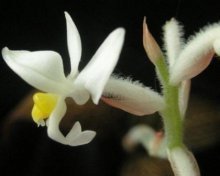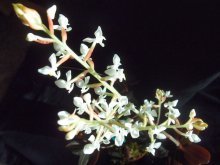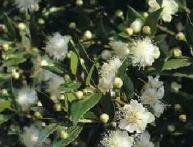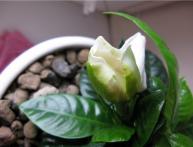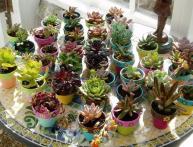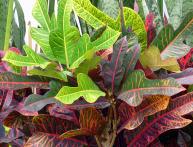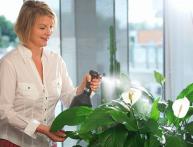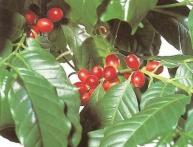Orchid Ludisia: a precious flower
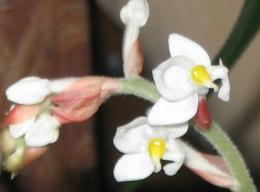
The Ludisia orchid is the only plant of a monotypic genus of the Orchidaceae family. This flower is included in the category of “precious” orchids.
This orchid is different wide leaves that have a flat petiole. The front side of the orchid leaf has a velvet texture that shimmers under the sun's rays. Leaf colors can vary, from dark and rich emerald to black.
In most cases, the leaves have a large number of veins, which are pronounced, all of them located parallel to the central vein. The inner side of the Ludisia leaf has a dark burgundy or brown tint and a smooth surface.
The lifespan of one orchid leaf is 7 years. After this, the leaf dies, and a small scar forms on the stem, which has a ring-shaped appearance.
Content:
Features of Ludisia Orchids and popular varieties
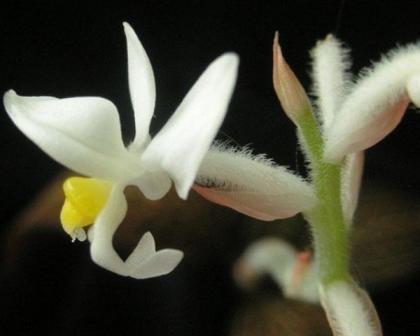
The main distinctive feature of the plant is its original coloring and leaf texture, but the flowers, on the contrary, are rather inconspicuous, they have a faded color and inexpressive shape.
Ludisia is a terrestrial orchid that has soft, creeping and rather fleshy stems, from which a large number of diverse young shoots extend to the top.
The flower begins to actively bloom in late autumn and continues until the end of winter.From the very top of the shoot, throughout the entire flowering period, the flower bed gradually emerges.
If the brush is multi-flowered, then several small flowers, up to 2 cm in size, bloom in it. In most cases, the flowers have a white or grayish tint and dust particles are bright yellow. Orchid flowers have a subtle and unobtrusive aroma.
Under natural conditions, this plant is often found in moss: in caves or under large trees.
Unlike other orchids, ludisia is unpretentious, so if you decide to start breeding orchids, you should start with this plant.
The precious orchid prefers to grow in partial shade; the plant does not tolerate hot and dry air, so it should not be grown near heating devices. Orchids do not like bright sunlight - the leaves begin to lose their bright color, droop and the flower looks very sickly. The best option is sunlight early in the morning and in the evening, at sunset.
Lack of light can cause shoots to stretch. In winter, especially if the orchid grows in the back of the room, it is recommended to provide additional lighting. If the plant is under artificial lighting, then the duration of daylight hours should not exceed 12 hours; after this period, it is recommended to remove the plant into the shade.
Next we will consider the most popular varieties orchids of Ludisia.
Ludisia variety "Alba". The plant of this variety differs from other orchids in that its leaves do not contain red pigment at all.
Therefore, Alba leaves have a rich green tint; the upper side of the leaf may have a small number of light veins, which are not as clearly defined as in other varieties.
Ludisia variety "Dawsoniana". The leaves are large in size, have a black-green or dark burgundy color, and a large number of red veins.
Ludisia variety "Odina". This is one of the beautiful varieties of orchids. The surface of the leaf has a dark, almost black color. The veins are located over the entire surface of the leaf, they extend from the central vein. They have a light shade.
Ludisia variety "Otletae". The leaves, unlike other varieties, have an oblong shape and a black-green tint. The veins are longitudinal and red.
Features of cultivation
The plant is distinguished by a high level of sensitivity to such indicators as air humidity. Ludisia prefers a humid climate (70-80%). In nature, such an orchid grows actively in places with frequent rains and wet humus.
Such conditions can be created in an apartment. The orchid is best grown on a windowsill on the north or east side; it can be placed in the kitchen or bathroom.
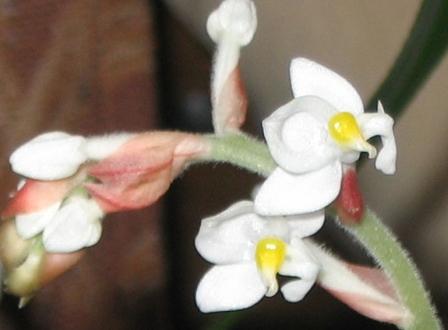
A favorable place can also be created in the back of the room by placing a pot with a plant on a special stand. The main thing is to provide the orchids with the maximum level of air humidity.
For this purpose, you can use a tray filled with wet sand or expanded clay. The materials will evaporate moisture, thereby maintaining a high level of air around the ludisia. humidity level air.
It will be useful to spray the air in the room and around the ludisia. But do not forget about ventilation, since only fresh and moist air will create ideal conditions for the development of the plant.
Important! A precious orchid should not be placed on a windowsill under which a heating device is located.The radiator will constantly dry out the air, and this is detrimental not only for ludisia, but also for many other plants, so during the cold period, it is best to move all the flowers from the windowsills to another place.
Home care
In order to avoid sudden death of the orchid for unknown reasons, it is necessary to comply with a number of conditions that will help to grow a truly luxurious flower.
The most favorable temperature for Ludisia is +20+29? C in the summer. At night, it is best to lower the room temperature to 5 degrees. In winter, at a temperature of +18C, the flowering period of the orchid is significantly extended.
The average length of daylight for a precious orchid is 12-14 hours. In winter, conventional lighting devices can be used to extend this indicator.
This type of orchid is distinguished by the fact that it has the ability to make certain reserves of moisture in its root system.
Ludisia is a plant that does not tolerate dryness. The soil should always be moist. But you shouldn’t get carried away with this, since excess moisture also negatively affects the plant.
Orchids do not like bright sunlight - the leaves begin to lose their bright color, droop and the flower looks very sickly. The best option is sunlight early in the morning and in the evening, at sunset.
Watering is best done by immersing the flower pot in water at room temperature for a few minutes. You cannot spray the flower, as droplets of water will remain on the leaves and they will lose all their beautiful appearance. You can only irrigate the air around the flower.
Orchid Ludisia and everything we know about it in the video:
Interesting information about the vegetable garden

